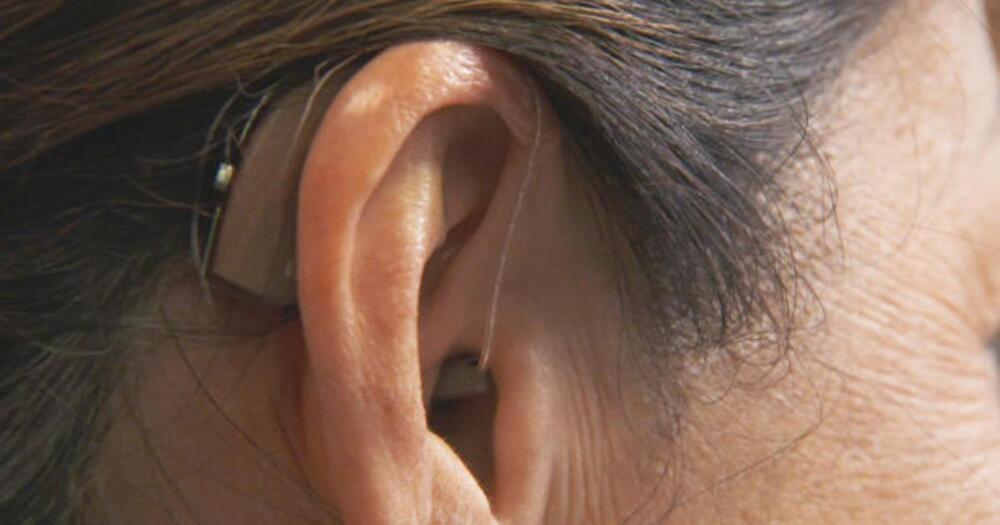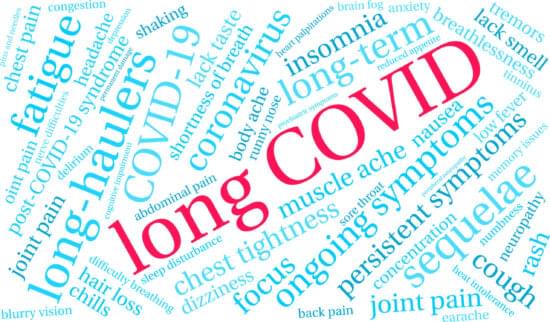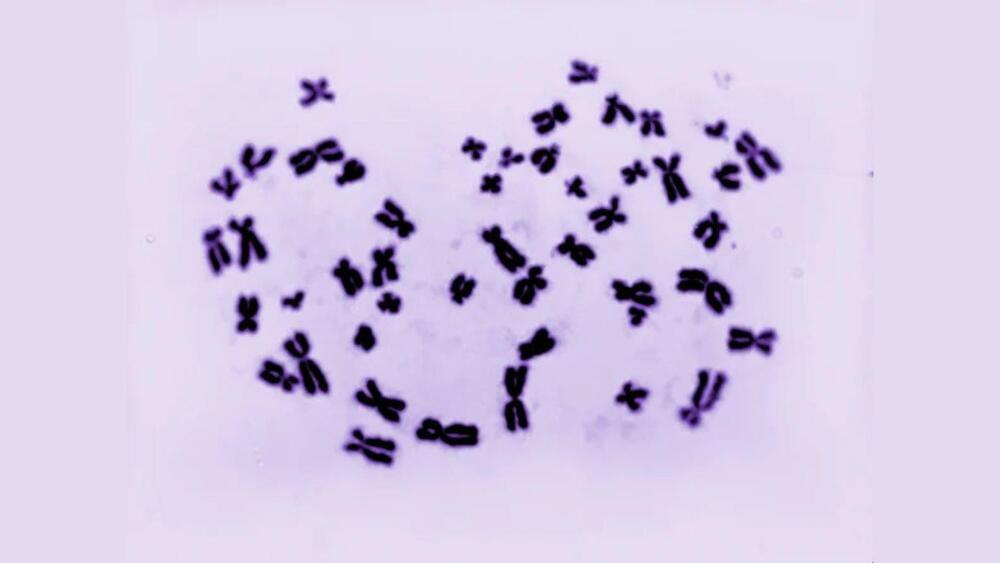While there isn’t a drug on the market to restore hearing, a company called Frequency Therapeutics is testing a potential treatment for the condition commonly known as sudden deafness.



NGC 1,566 is a rare bird among galaxies: Gas and dust are still falling into the supermassive black hole at its center, fueling powerful outbursts of radiation that, in shorter wavelengths of light, make the galaxy’s center blaze brighter than all the rest of its stars combined.
Of the thousands of galaxies astronomers have found, cataloged, and studied so far — and the tens of billions in the universe — only about 10 percent have actively-feasting supermassive black holes at their centers. And NGC 1,566 is the second-brightest of these. At 40 million light years from Earth, it’s also one of the closest, making it a prime target for astronomers.
Hubble’s Wide Field Camera captured a near-infrared view of NGC 1,566 back in 2014, which revealed long, swirling arms ablaze with stars and laced with dark strands of interstellar dust. Even in visible and near-infrared light, the galaxy’s core is bright.
A talon-like claw with sharp ends and a softer middle helps this flying robot grasp onto thin perches just like a bird.


EPFL
According to a report by Euronews, researchers at the École Polytechnique Fédérale de Lausanne (EPFL) have discovered a way to create transparent photosensitizers, molecules that can be activated by light and adsorb light across the entire visible light spectrum. Previous versions of DSCs were largely dependent on direct sunlight.
The technology has significantly progressed in the past 50 years.
Earlier this month, we reported that Bill Gates and Jeff Bezos-backed foundations (Gates Frontier and Bezos Expeditions) joined other companies.
A fifty year history.
1, 2, 3
Finally, Peter Thiel, a billionaire cofounder of PayPal, invested last year in an older BCI startup called Utah’s Blackrock Neurotech that has announced it hopes to apply for Food and Drug Administration approval soon. What is behind this popular rush to support BCI firms?

Modern-day headsets and apps could be the key.
Virtual reality (VR) may soon be the way we use the internet. There are misconceptions about who can and cannot use the technology. Trying out headsets and apps is a great way to know if the technology suits your needs.
If you or someone you know only has one functional eye, and this has been keeping you away from exploring the world of virtual reality, then here’s a little surprise for you. VR experiences are not majorly affected if you do not use both of your eyes.
Thinkhubstudio/iStock.
We know this because users with two functional eyes have experimented with using VR with one eye and have found little that is different in their experience. There are many VR enthusiasts who vouch for this, and you can rest assured that you or a dear one can enjoy the experience too.

That does not mean the planet did not have life.
A new experimental study conducted by Washington University in St. Louis is defeating any hope that scientists have had that atmospheric oxygen once existed on the Red Planet, according to a press release by the institution published on Thursday.
Instead, the scientists have found that under Mars-like conditions, manganese oxides can be readily formed without any presence of atmospheric oxygen.
Lubo Ivanko/iStock.
The new research is indicating that just because NASA’s Mars rovers found manganese oxides on Mars in 2014 does not mean that oxygen was actually present in the planet’s atmosphere.
“We also demonstrated that even very low-power microwave pulses can be detected efficiently using our protocol.”
A team of scientists has devised a means of using quantum mechanics to “view” objects indirectly. The new method could improve measurements for quantum computers and other systems. It brings together the quantum and classical worlds.
We “see” things via the complex interaction of light photons within specialized cells in the retina of our eyes. However, some scientists have speculated that a similar phenomenon could be replicated without photo-absorption or without any light.

It will provide a better understanding of how drugs affect men and women differently.
Scientists created male and female cells with the same genetic code from the same person for the first time. This unique set of cells could provide researchers with valuable insights into how sex chromosomes affect various diseases and their role in early development.
CDC/Dr. Laine.
The sex chromosome.